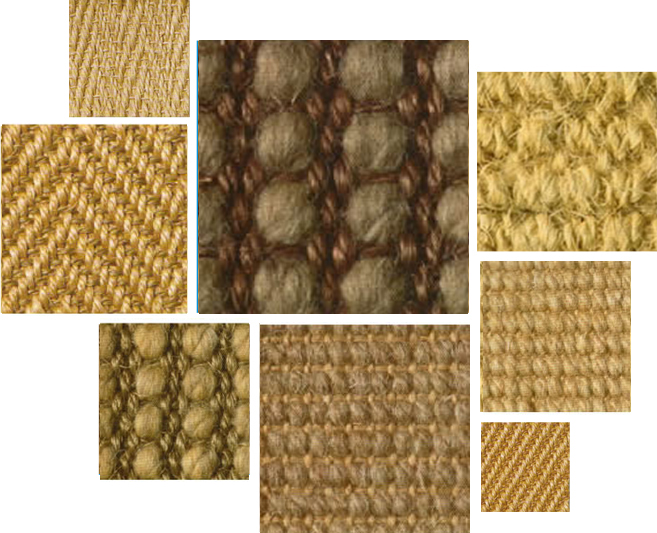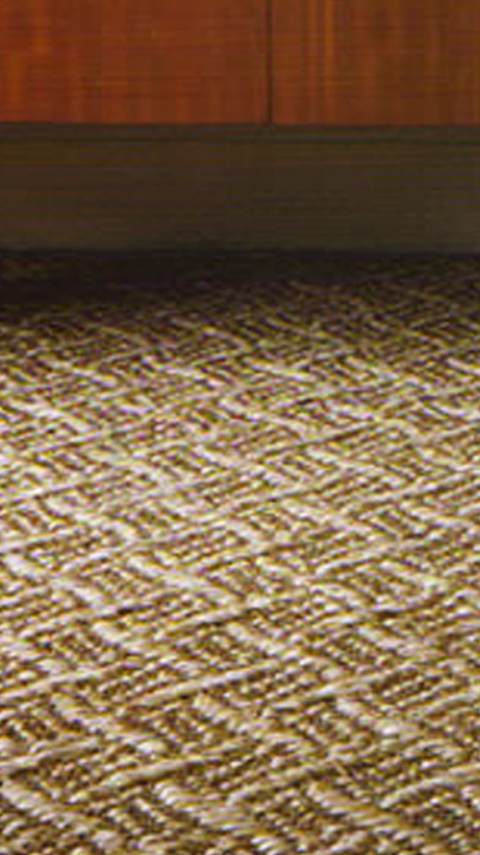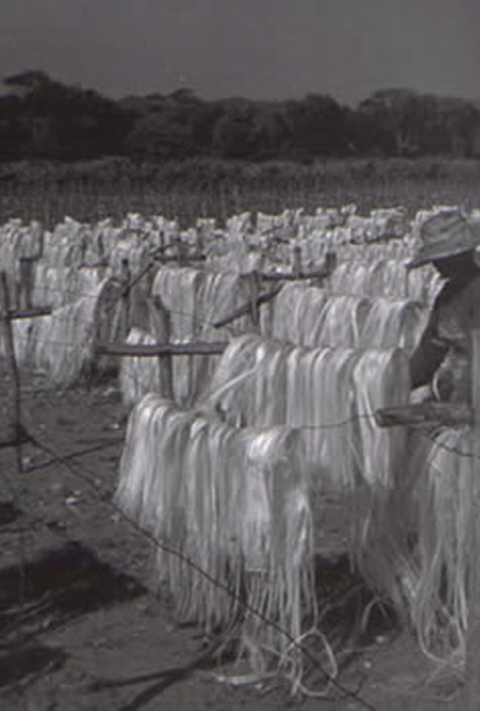Natural Sisal Floor Covering
A Buyers Guide
Known as a super tough fibre with a fashionable wow factor, sisal seems like a dream covering for floors. But what are the real pros and cons? What about safety, pets, wet areas and stain resistance?


It is deemed to be very aesthetically pleasing and makes for a practical floor covering - it is one of those products that have successfully made it onto the pages of the world's glossy magazines and always seems to be fashionable as a result. But what would be useful for you to know when considering whether to buy it or not?
Firstly, it is quite rough in texture, but not as rough as coir. If you want to sit on the floor as part of your lifestyle then it may not be what you want. If you want a rustic look but not so coarse, then seagrass or jute maybe a better bet for you (although neither are that comfortable to sit on).
Sisal is suitable for stairs precisely because it is coarse and therefore facilitates friction for grip. Cost wise, it is definitely more expensive than both coir and seagrass. Like its two cheaper counterparts, it attracts larger fitting costs than conventional carpet.
It is reasonably hardwearing, but so is carpet. My own experience has told me that customers perceive it to be tougher than carpet - but I can't say that it is better. Usage plays an important factor in its suitability, most importantly the "wet" wear it is likely to get. Natural floor coverings (seagrass possibly excepted) are not suitable for kitchens and bathrooms, even with Intec protective coating (see below).
Sisal has no resistance to moisture which is usually considered a disadvantage, but it's a positive advantage when it comes to dyeing the fibre. Sisal is available in both natural and coloured varieties including some interesting "metallic" finishes. Unlike seagrass it has had designer attention to its visual appearance.
Despite its "renowned" toughness, sisal stains very easily with liquids. Intec protective spray is a polymer coating that is sprayed on before delivery and resists liquid penetrating through to the natural fibre.wet feet/paws, "pet accidents" are a real issue. Even the use of "Intec" protection treatment won't stop puppy "pee" staining sisal (or any other type of natural floor covering for that matter).
Intec is an option as an additional extra. Even with Intec, sisal is still not suitable for wet areas like kitchens and bathrooms.
Sisal is very prone to absorbing or releasing humidity in the air which in turn would cause expansion and contraction. When sisal comprises the entire or dominant part of a floorcovering product it is important to stick it down to achieve stability.
Gripper fixings are optional, but underlay must be the firmer polyurethane type and not ribbed rubber. When the floors are concrete, the underlay must be stuck down first with adhesive, and then the sisal is stuck to the underlay. If the floors are wood then the underlay is sufficiently fixed with staples before the sisal is glued to it.
Underlay is not a necessity to place underneath sisal and it can be stuck directly to the floor. This produces a firmer floor which is easier to move chairs on, especially office chairs with castors - this is worth considering if you are planning to use sisal for a home or commercial office or a dining area (and is cheaper of course)!
Sisal must be delivered to the environment where its going to be fitted 48hrs beforehand to give it time to aclimatise (yes we know some shops don't deem this necessary - but we do).

Think in terms of these widths
Sisal is available mostly as a 4 metre width (that's 13' in old money). There are a few ranges available in 5 metre (16'), but not many thereby reducing choice if you need the wider width. The Alternative Flooring Company sell a few patterns in 2 metre (6'6") which is handy if you just want to do a hall or landing.
Sisal has a very rustic type weave which makes it pretty unsuccessful for clean, inconspicuous joins when butted. You have to accept that seams will appear prominent when butting salvage edges (which rely on being stuck down to the underlay or floor rather than joined together via tape).
Sisal is very simular to hemp and was spread worldwide in the 19th Century through the Mexican port of Sisal (from where it gets its name). Most of the floorcovering products are sourced from Brazil where the process of applying latex is considered to be at its most proficient, and is thus where most sisal floor coverings are imported from.
There are three grades of sisal used industrially, of which the best is used by the carpet industry as yarn. It is used either on its own or as a blend with wool and/or acrylics to add strength to softer floorcoverings. The advent of fibres such as polypropylene is gradually diminishing its industrial importance (though not its use as an aesthetically pleasing floor covering).
As far as the environment goes, sisal production uses no pesticides (well we don't eat it!) and a diminishing amount of herbicides (as weed control techniques improve). Initially it has brought damage by replacing native forests but this is to some degree offset by the new plantings.

